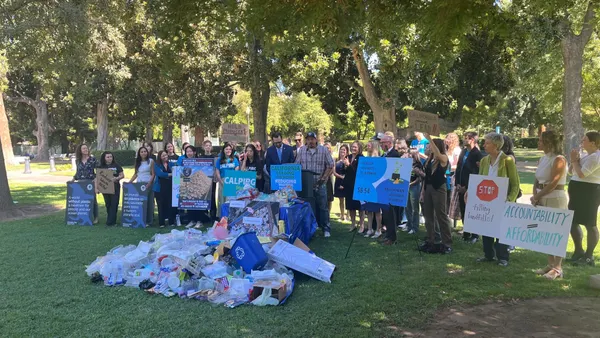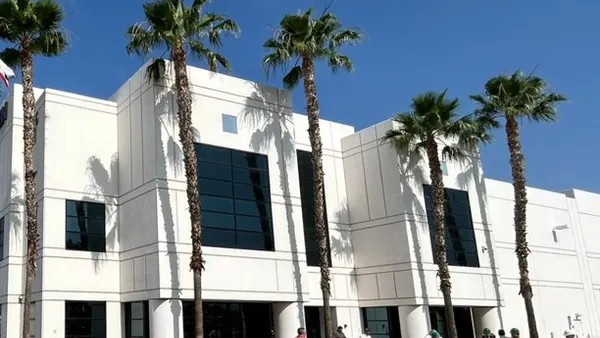Last week, Waste Dive published a piece on Starbucks' new waste reduction goals with an emphasis on the company's plans around cup design. We received feedback about how factoring organics management into the broader scope of these goals is also a critical factor. We welcome any responses to this or other stories at waste.dive.editors@industrydive.com.
It’s great to see Starbucks prioritizing the reduction of single-use items, such as through eliminating unnecessary items and shifting to reusable options, as this is absolutely the right thing to do environmentally. A critical word in the announcement is "shift," as this won't happen overnight.
When we said that it's important to not lose sight of the remaining single-use items in the meantime, what we meant is that those options must be evaluated in terms of how they will be managed alongside other waste streams restaurants are generating – like food. The article notes that composting access is not widespread today. But the lack of access to composting is not just a limitation for deciding whether or not to choose compostable products. It highlights the much bigger waste problem restaurants have, as their primary business is preparing and selling food.
Food waste is the number one material disposed of in our landfills each year, greater than plastic packaging, where it generates potent greenhouse gases. We desperately need to reduce the amount of food we waste, and keep the rest of that food waste out of landfills. As Conrad MacKerron of As You Sow rightly noted, the biggest barrier to food waste composting is often contamination from non-compostable items that need to be sorted out. This amplifies the need for making sure that we look at how single-use food-contact items will be collected alongside other waste streams.
For instance, Taco Time is a well-known example of a quick service restaurant that tried having three bins for trash, recycling and composting. It found both the recycling and composting streams to be too contaminated to actually recycle or compost. Switching to a single-bin system where everything is compostable has meant consumers put the food waste and packaging in one place. Now the waste diversion numbers are through the roof, with low contamination at the composting facility. We see this model working successfully on a large scale at sports stadiums around the country.
Some cities have also headed in this direction. Berkeley, California's new foodservice ordinance prioritizes reduction and reuse by requiring dine-in customers to be given reusable items, and charging for any to-go single-use items to discourage use. They have also identified the issue of how those remaining single-use items relate to the food they are connected to by requiring those items to be compostable, not a mix of recyclable and compostable.
Until we connect the story of food packaging to food waste itself, it will always be about single-use items in isolation, which will mean issues for composting (and likely recycling), and getting food waste out of landfills. This interconnectedness of food packaging and food waste is vital, especially when we consider using the finished compost in agricultural systems to make healthier soils and grow more sustainable food.
Rhodes Yepsen is executive director of the Biodegradable Products Institute, which for the past 20 years has advocated for scalable organics diversion by verifying that products and packaging are compostable through its certification program, and other initiatives.









